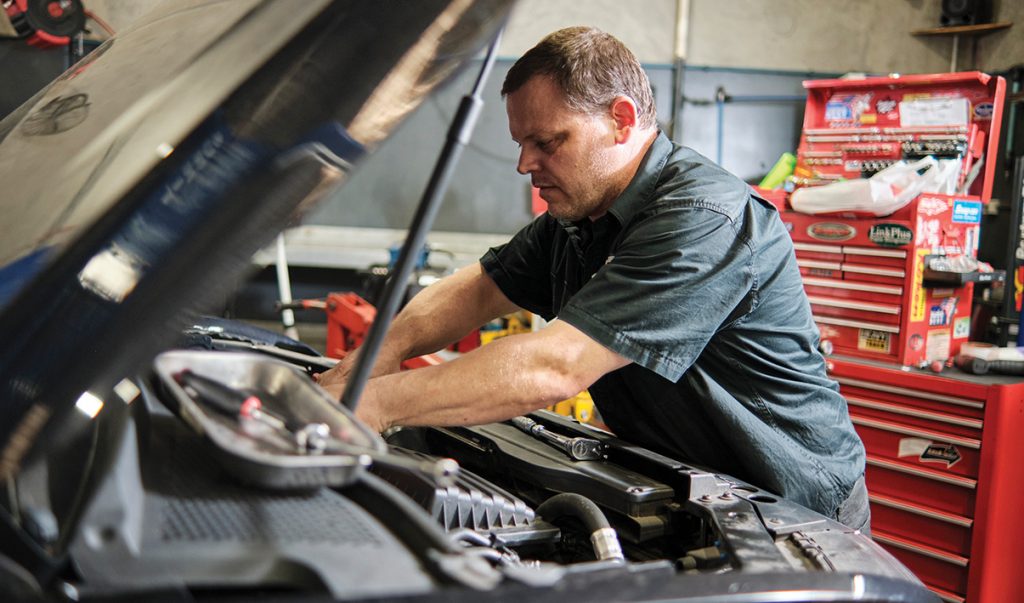AAAA JOINS THE GLOBAL RIGHT TO REPAIR MOVEMENT FOR VEHICLES
Automotive aftermarket releases best practice guidelines for legislators

The Australian Automotive Aftermarket Association (AAAA) has joined other global association leaders to support the critical global right to repair movement by signing the new right to repair position statement.
The statement enumerates the core beliefs of the movement and the objectives and intended outcomes of right to repair legislation.
Importantly, the document sets forth 10 best practice principles to developing a framework for right to repair legislation that any supporting country can use and adapt to their needs.
Globally, the automotive aftermarket keeps 1.5 billion vehicles on the road while contributing $1.8 trillion to the global economy.
After vehicles exit their warranty period, independent repair shops perform 70 percent of repairs.
This vibrant industry and the consumer choice that it creates is being threatened by automotive manufacturers that block access to wirelessly transmitted vehicle repair and maintenance data.
Without the convenience and choice of independent parts and repair, especially in suburban and rural communities, consumers will have limited access to affordable vehicle service and repair.
These restrictions can have catastrophic effects on local economies and the well-being and safety of millions that rely on vehicle transportation daily.
In Australia, the Federal Government introduced the new Motor Vehicle Information Scheme (MVIS) in 2021, and that Law came into effect on 1 July 2022.
“We are now the only country in the world to have comprehensive legislation to protect consumers rights to fair and open competition,” AAAA Chief Executive Officer, Stuart Charity, said.
“That legislation does not include access to information that is transmitted wirelessly from the vehicle to the car maker, all of which is not well known by drivers and not regulated by governments.
“Our Law is the best in class, but even here in Australia we can see areas of improvement when the Law is reviewed – we need to keep up with evolutions in technology that would limit owners right to choose and violate their privacy.”
To read the full position statement, go to https://bit.ly/3J4URSY








